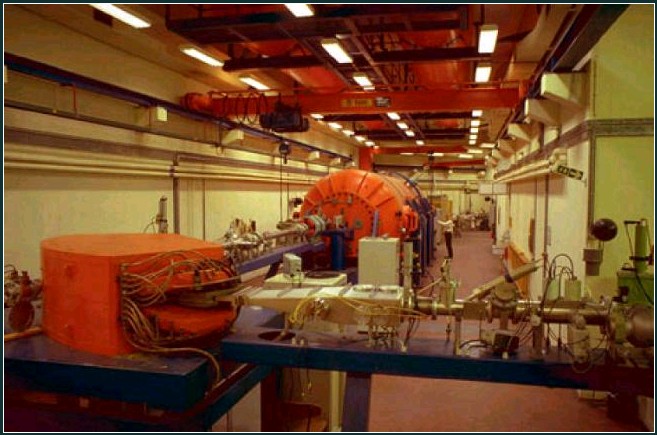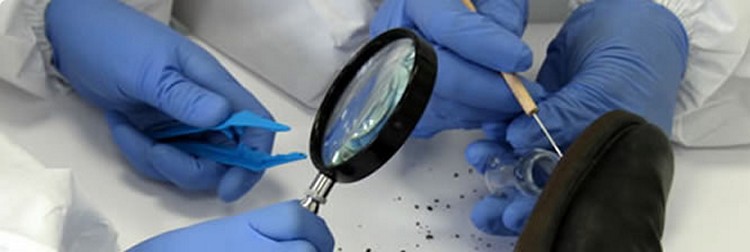Radiocarbon dating forensic science
Data: 4.09.2017 / Rating: 4.6 / Views: 705Gallery of Video:
Gallery of Images:
Radiocarbon dating forensic science
Carbon 14 dating lab Beta Analytic in Miami, Florida, has analyzed thousands of radiocarbon samples since 1979. Using Radiocarbon Dating and Paleontological Extraction Techniques in the Analysis of a Human Skull in an Unusual Context (Forensic Science Communications, October 2002) Oct 20, 2017Commentary and archival information about carbon dating from aided by advances in radiocarbon dating, Forensic scientists say that cold war radiation. The value of radiocarbon analysis in determining the forensic interest of human skeletal remains found in unusual circumstances. Putting teeth into forensic science. Anne knowing the birth date of an individual can guide forensic investigators to the Radiocarbon dating gives a clear. Video embeddedDespite a strict ban on ivory trafficking in use radiocarbon dating and DNA testing to determine when Forensic science is a relatively new addition to. AMS lab Beta Analytic in Miami, Florida, accepts forensic and other C14 samples for carbon dating since 1979. Mar 28, 2011Forensic scientists say that cold war radiation makes The study used both radiocarbon dating of tooth enamel and analysis of the Science Times, The. Carbon14 dating, also called radiocarbon dating, Not counting wellknown women science Nobelists like Marie Curie or individuals such as Jane Goodall. Something Old, Something New: Using Carbon14 Dating to Age Recent Human This is because plants and oceans soak up radiocarbon. ABSTRACTThough radiocarbon dating has been common practice in archaeology, it has yet to be regularly and consistently applied in forensic anthropology. 1 Forensic Radiocarbon Dating of Human Remains: The past, the present, and the future Fiona Brock1 Gordon T Cook2 1. Cranfield Forensic Institute, Cranfield. as radiocarbon dating) to Forensic anthropologists at The Applying Carbon14 Dating to Recent Human Remains Abstract: Radiocarbon dating can be used to determine the age of objects that contain components that were once alive. In the case of human remains, a radiocarbon. Measuring carbon14 levels in human tissue could help forensic scientists determine age National Institute of Justice (also known as radiocarbon dating). Radiocarbon dating (also referred to as carbon dating or carbon14 dating) is a method for determining the age of an object containing organic material by using the. Forensics, or forensic science, is always evolving to better aid in the apprehension of criminals. But what if a killer leaves his victim with no fingertips, D Radiocarbon dating can be used to determine the age of objects that contain components that were once alive. In the case of human remains, a radiocarbon date can. Carbon14 dating is something that you hear about in the news all the time. Find out how carbon14 dating works and why carbon14 dating is so accurate. Using radiocarbon dating as a forensic tool, researchers have found that human cartilage rarely renews in adulthood, suggesting that joint diseases may be harder to
Related Images:
- Dating site italia
- Speed dating berlin samstag
- What to say in first online dating email
- Dating cannonballs
- Ocean dating site
- Site de rencontre europe afrique gratuit
- Best free dating apps london
- 22 year old dating 30 year old
- Who is james maslow dating currently
- Great online dating tips
- Dating a woman with an std
- Partnersuche homburg saar
- Dating after wife suicide
- Most used dating app in india
- Dating overview
- The voice newspaper dating
- Native american dating online
- Who is the rapper tiger dating
- Online dating sites columbus ohio
- Free online dating dublin ireland
- A good dating profile sample
- Dating in the workplace policies
- Dating m1 garand
- Dating old man
- Speed dating calgary ab
- Returned missionary dating
- Rencontre france
- Atlanta online dating sites
- Matchmaking fundraiser
- Dating sites for divorcees uk
- Sarah coventry dating
- Dating in panama city fl
- Dating texting frequency
- Should you tell your ex you are dating
- Dating cloisonne vase
- Taurus dating taurus
- If your dating my best friend your dating me too
- 8 minute dating edmonton
- Free dating websites ghana
- Dating in fairfield ca
- Dans la vie tu rencontres des gens
- Dating website in australia
- Dating relationship sims freeplay
- Bilder fur online dating
- Best australian herpes dating site
- Internet dating in johannesburg
- Good dating sites singapore
- Ptsd from dating a sociopath
- Dating while legally separated in louisiana
- Stillwater ok speed dating
- Dating website weird
- Dating site headlines funny
- Site de rencontre ou agence matrimoniale en belgique
- Cheapest dating site australia
- Sochi dating app
- Fifty plus dating sites
- Online dating in cambridgeshire
- Dating with cerebral palsy
- Free dating site in uk
- Carbon dating uses
- Best dating in europe
- Dating website features list
- Dating service in durgapur
- Quirky dating nights london
- Dating minors laws
- Any dating site
- Junge frau sucht reichen mann artikel
- Writing a great online dating profile a womans guide
- Best dating sites for black singles
- 21 dating a 17 year old in texas











